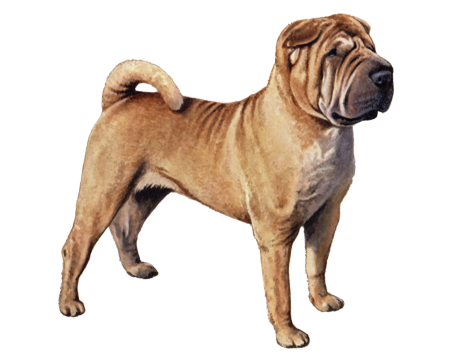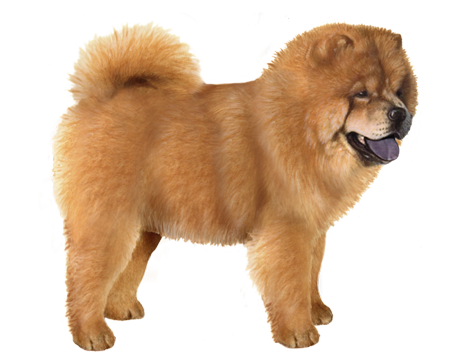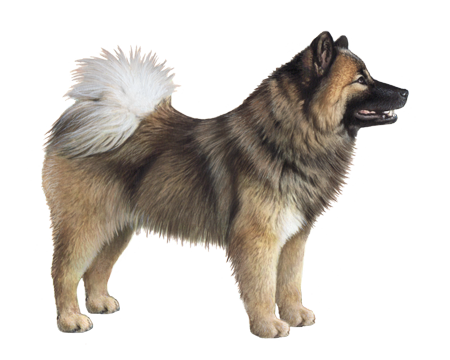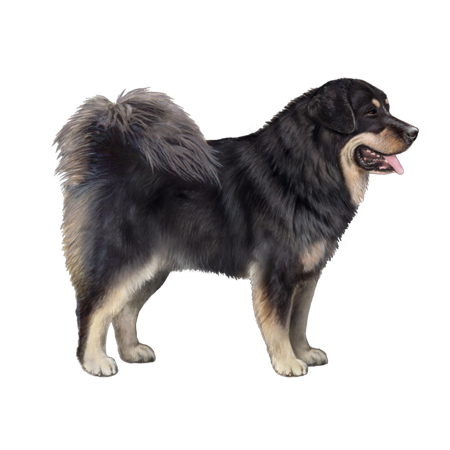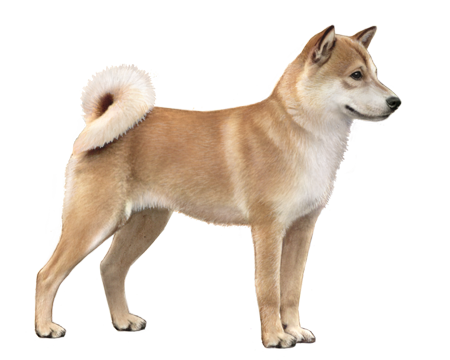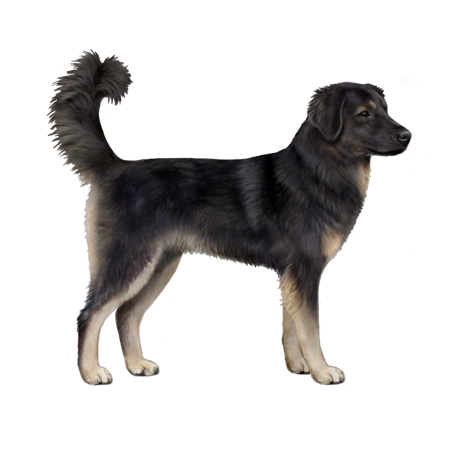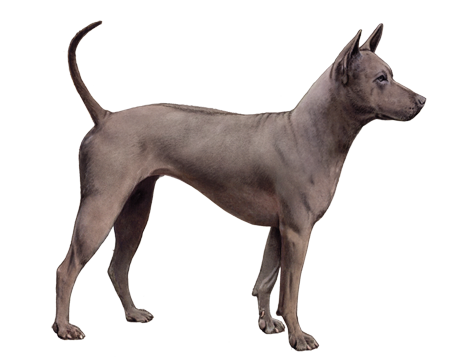
Dingo
The Dingo is Australia's iconic wild dog. Though not commonly kept as pets, Dingoes can make loving, loyal companions if brought into the home at a very young age and consistently trained.
Interested in discovering if your dog is a Dingo?
Check out Wisdom Panel's DNA tests.

Dingo Traits
General Appearance
The Dingo is a medium-sized wild dog with a naturally lean build and bushy tail.
Coat and Colouring
A Dingo's coat can vary based on where they live. Alpine Dingoes dwelling at high elevations are mostly ginger-colored or black and tan. They grow thicker coats in the winter to stay warm. Desert Dingoes, on the other hand, have fine double coats that are reddish, golden, or sand-colored. Finally, tropical Dingoes found in the forests and wetlands have ginger and creamy-white single coats.
Distinctive Physical Traits
Notable features of the Dingo include a broad, wedge-shaped head, large, pricked ears, long, tapered muzzle, and long teeth.
Dingo Temperament
Dingoes get attached to their environments and—if kept as pets—to their people at a young age. Once they've bonded, they don't like to be alone, and it's difficult to relocate or rehome them as adults.
These wild dogs rarely bark, but they do howl (and very melodically, at that). They have a curious nature and are generally not aggressive toward strangers. However, they typically don't accept people that are outside their "pack."
Throughout their first year of life, Dingoes need persistent socialization to get comfortable with different people and situations.


Dingo History
The Dingo is an ancient wild dog native to Australia. Fossil remains of Dingoes found in Western Australia date back more than 3,400 years. Though common throughout most of the mainland, these dogs aren't as numerous in the southern parts of Australia.
Dingoes are Australia's apex predators—preying on everything from the red kangaroo to birds, reptiles, frogs, and insects. When livestock farming expanded in Australia in the 19th century, Dingoes added sheep and cattle to their menu.
In 1880, construction began on a 3,488 foot-long "Dingo fence" to help control the Dingo population and protect livestock. Today, the greatest threat to the Dingo population comes from interbreeding with domestic dogs, which will dilute their gene pool over time.
If you're interested in adding a Dingo to your pack, be sure to research your local laws. Some places require permits, whereas others have imposed bans on ownership.
Dingo Care
Nutrition
Wild Dingoes are opportunistic eaters, preying on various mammals or snacking on scraps of food discarded at campsites. But those kept as companions will benefit from high-quality, commercially prepared dog food.
Grooming
Pet Dingoes need regular brushing to remove loose fur—particularly in the warmer months when they shed their winter coats.
Exercise
These active dogs need a large, escape-proof area where they can safely roam. When walking a Dingo, keep them on a leash with a secure harness at all times.
Training
Dingoes are intelligent dogs. And if you train early and often, they tend to respond well. Aim to establish yourself as the pack leader and use a firm but positive training approach.
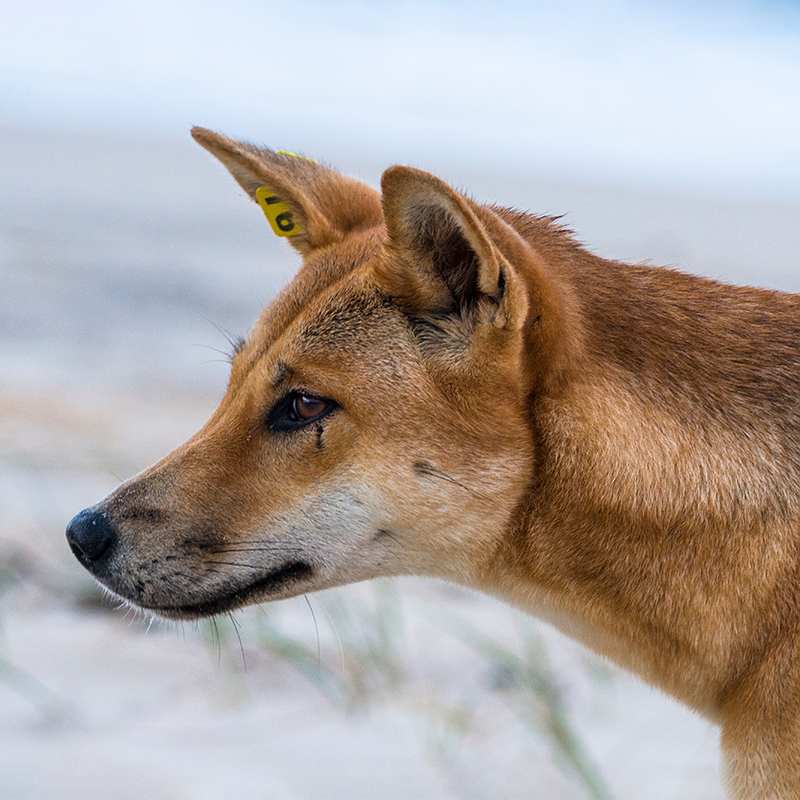
Breed Group
Asian and Oceanian
The Asian and Oceanian group is comprised of breeds whose origins lie in Asia, which have spread as far as Australia, the islands of the Pacific, and the Arctic. This group is possibly the most ancient of all breed groups and were bred for a variety of purposes, including guarding, hunting, and as draft dogs.
Resources
https://australian.museum/learn/animals/mammals/dingo
https://dingofoundation.org/owning-a-dingo-2/
https://en.wikipedia.org/wiki/Dingo
https://environment.des.qld.gov.au/wildlife/animals/living-with/dingoes#what_do_they_look_like
https://dingofoundation.org/our-dingoes/
https://www.somerzby.com.au/blog/dingoes-pets/
Reviewed 9 July 2021 by Annette Louviere, DVM





